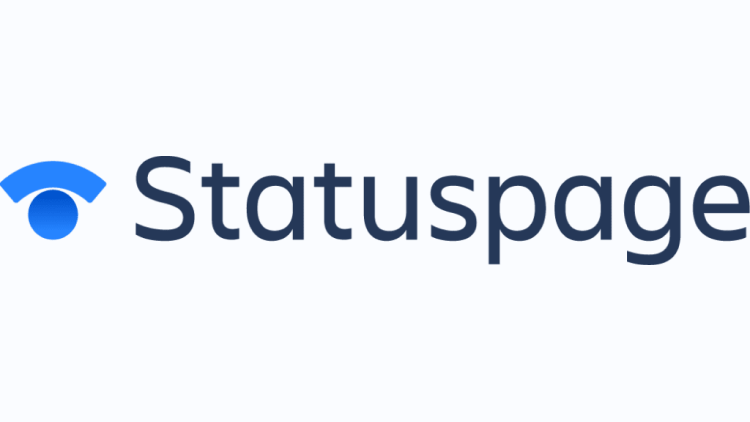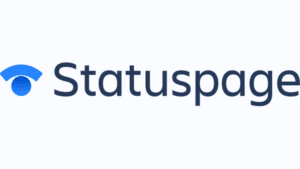How to Set Up DKIM for Statuspage?

DKIM is specified in RFC 6376, and it is used by a number of email service providers, including Google, Yahoo, and Microsoft. DKIM is designed to address some of the flaws in the existing email system, such as spoofing, phishing, and message tampering. It allows email senders to digitally sign their messages in a way that can be verified by email receivers. This allows receivers to verify that the message truly came from the sender, and has not been tampered with.
How to Configure DKIM for Statuspage?
You have to register your domain on the portal first then proceed to the following steps to configure DKIM for Statuspage.
- Log in as Administrator to the portal.
- Select Your page > DNS setup from the menu.
- You can set DNS records for a number of the values on the DNS configuration page. Your DKIM TXT and CNAME records are already produced.
- Copy the records to the clipboard.

How to Publish DKIM record in DNS for Statuspage
- Access your DNS administration interface.
- A TXT record with the label selector._domainkey.yourdomainname.com should be created in your DNS system, for instance: s1._domainkey.yourdomainname.com
- Copy the DKIM public key’s contents and paste them in the section designated for the TXT record value (Statuspage will provide the DKIM public and private key combination). Then click “Save.”
- After saving the DNS settings, click “Revalidate all records” then give the changes time to generate.

Use our free DKIM record lookup tool to validate the published DKIM record.
Enable DMARC for your domains to protect against spoofing. Sign up for a free trial today!
For more information on Statuspage DKIM setup, you can refer to their reference documentation





